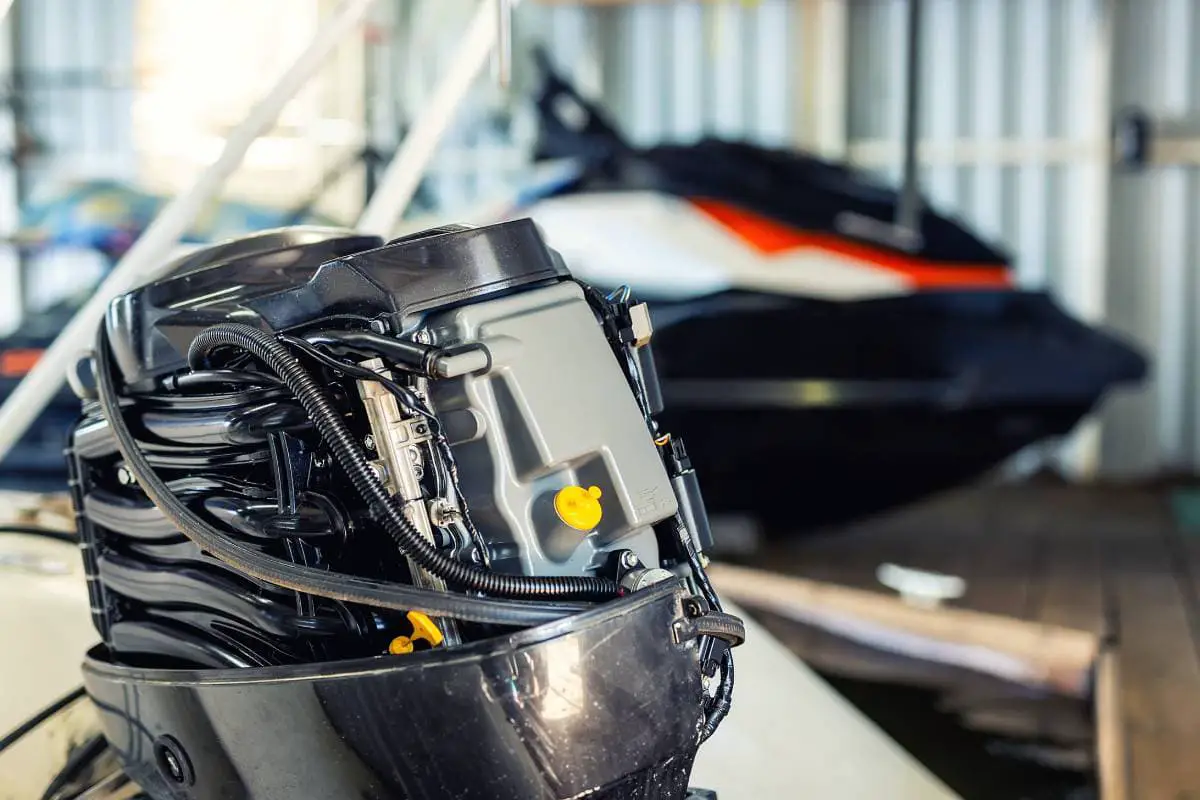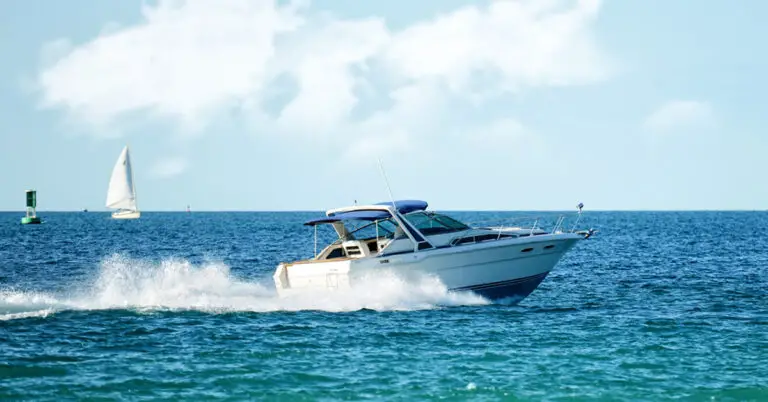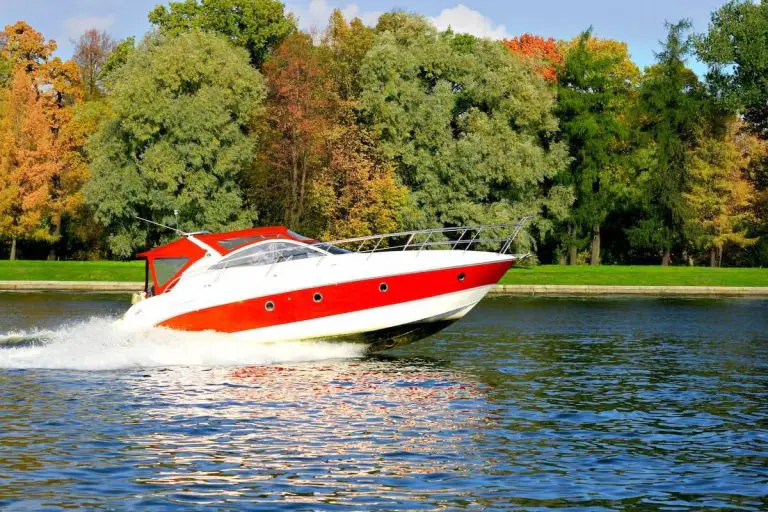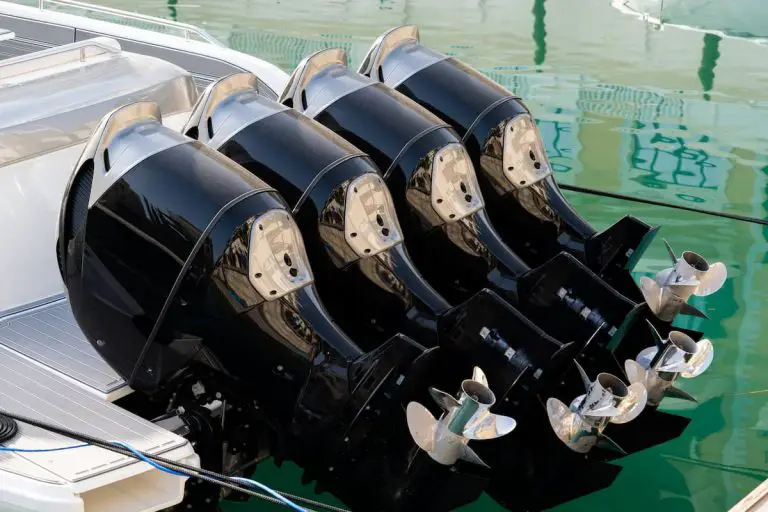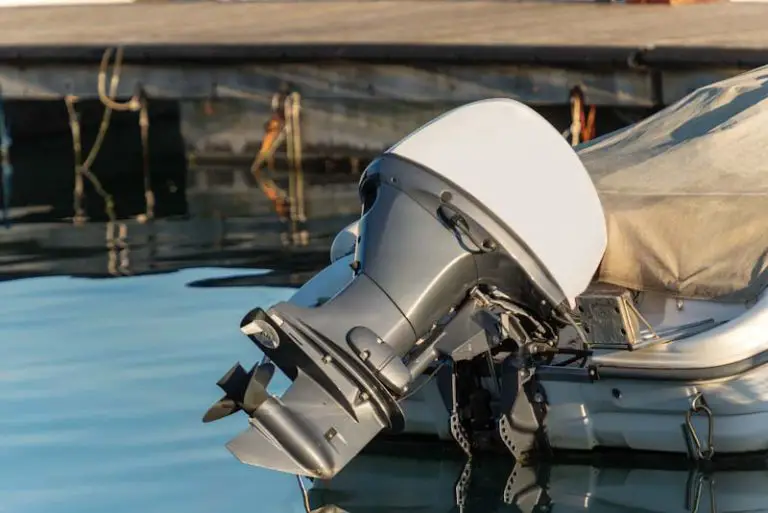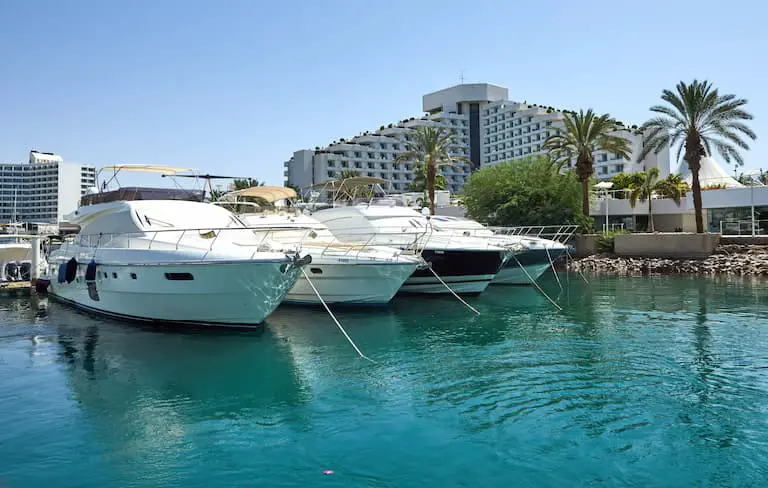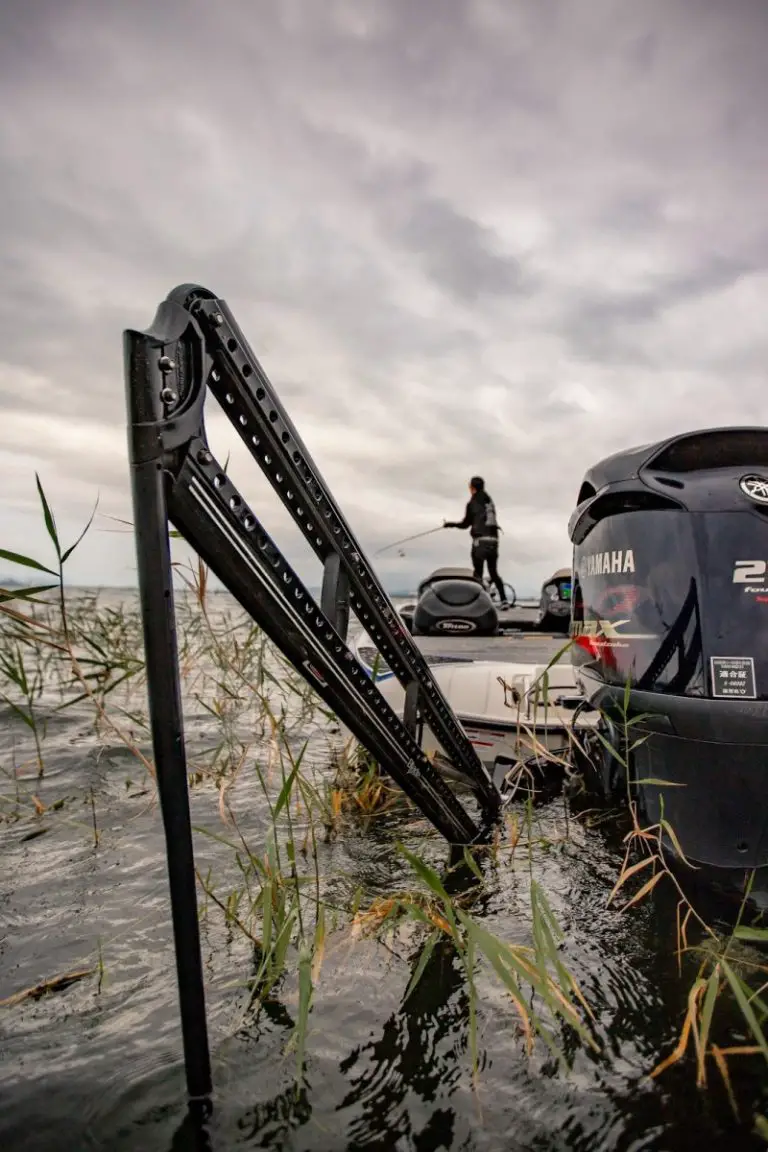Does a Boat Motor Charge the Battery? (Explained)
If you own a car, you probably know that a car engine charges the car battery when it runs. But does your boat motor work the same way?
A boat motor charges the battery when it runs by using an alternator to replenish the battery. However, the battery loses energy every time the boat starts, and the engine only replenishes a certain amount of electricity. The engine only charges the battery when it runs and will not charge it fully.
In this article, I will tell you how marine batteries operate, explain the different types of marine batteries, and tell you how to charge marine batteries to ensure the battery lives up to its expected life cycle. Read on to learn more.

How a Marine Battery Operates
A boat battery is called a marine or deep-cycle battery. While you can technically use an automotive battery in a boat, this isn’t always the best choice.
Marine batteries are sturdier and designed to withstand being out on the water. They are heavy-duty, designed to last longer, and offer a more reliable starting charge than an automotive battery.
The marine battery holds a specific amount of electrical energy. Within the battery are cells that contain a positive electrode and a negative electrode that sits in an electrolyte gel. A chemical reaction occurs when electricity touches the cells. As ions flow one way and electrons flow the opposite way, this action causes electricity to flow through the cell and to the connected circuit.
The electricity in the circuit provides power for the engine to start. This short burst of electricity must be replaced, and this is the job of the boat engine.
How Marine Battery Charging Systems Work
A marine charging system consists of the battery, alternator, voltage regulator, cables, and wires. This system converts the engine’s mechanical energy into electrical energy through the alternator. When this happens, the power from the battery used to start the engine is replaced.
In the charging system alternator is a voltage regulator. The voltage regulator prompts the alternator to switch on and charge the battery as the voltage drops.
The alternator uses magnetism to generate electricity that passes through a wire in the magnetic field. The magnetic field spins around copper wires in the alternator’s rotor, producing electricity. Once the current reaches a proper level, the alternator shuts off.
When the voltage regulator indicates that the battery’s electrical storage is low, it turns the alternator on to replace the energy in the battery.
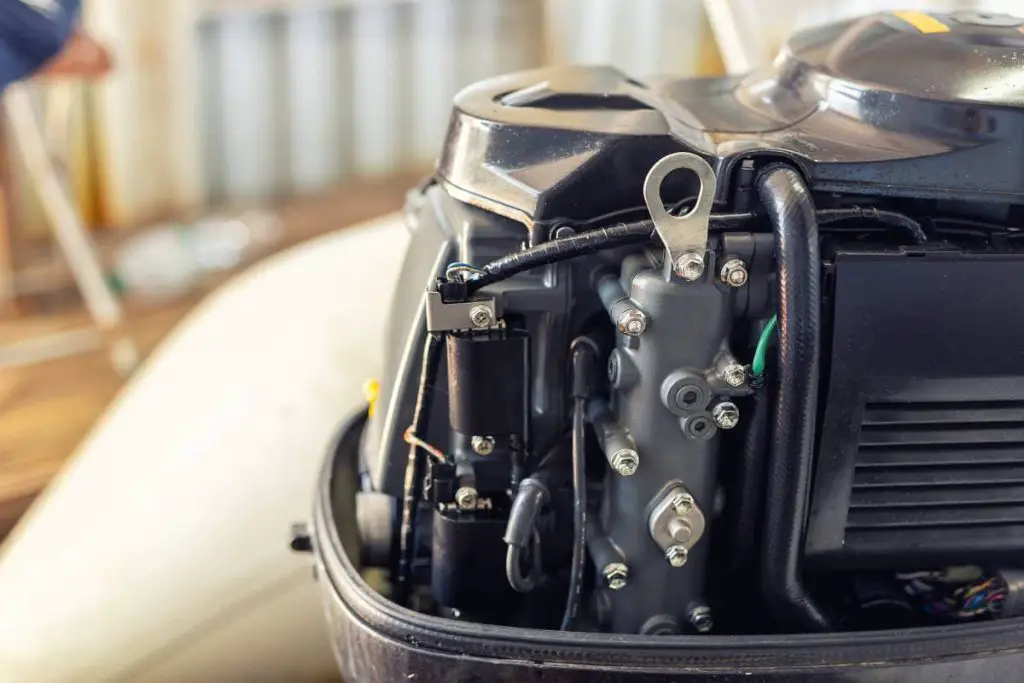
Types of Marine Batteries
Most boats have one or more of three types of marine batteries.
- Marine starting batteries are also called cranking batteries. The thinner metal plates and the broad surface area produce a fast surge of energy to start the boat. While the alternator quickly replenishes it, you should not use the starting battery for long periods of time as its primary function is to start the boat engine.
- Deep cycle batteries provide electricity to power everything on your boat. From the refrigerator to the lights, this is the battery that holds the most energy and releases it slowly to give sustained power. Many boats have two deep cycle batteries with one as a backup energy source.
- Dual-purpose batteries store and emit enough energy to start the boat and power what is onboard, but they do not have the sustained energy of a deep cycle battery.
Charging A Marine Battery (What You Need to Know)
Of course, you want your marine batteries to last as long as possible and live up to their life cycle ratings. However, there are important things you need to keep in mind to increase the longevity of your marine batteries. Just like car batteries, they need adequate maintenance habits.
To ensure the battery lasts as long as possible, you need to understand the charging process and how low the battery can get before it needs recharging. Here are some facts about a marine battery to help your battery work efficiently and last as long as possible.
- Allowing the battery to fall below a 50% charge will shorten the battery life and reduce the charging capacity.
- Letting the battery drop below 50% means an extra-long recharging time.
- Ensure maximum battery efficiency by limiting the discharge level to between 50 and 80%.
If you have an inboard or outboard boat engine that was built within the past 20 years or so, the alternator will recharge the battery when the motor is running and you won’t have to worry about your battery falling below these levels.
If, however, you have an older boat motor or your marine battery hasn’t been used recently and has become depleted, you will need to recharge the battery manually.
When it is necessary to manually recharge a marine battery, choose a smart battery charger as it will do all the work for you. Most boat manufacturers recommend buying a battery charger that charges at 20-25% of your marine battery amperage.
The Schumacher SC1280 Fully Automatic Battery Charger (Amazon) is a popular model you can use to charge both your boat and auto batteries.
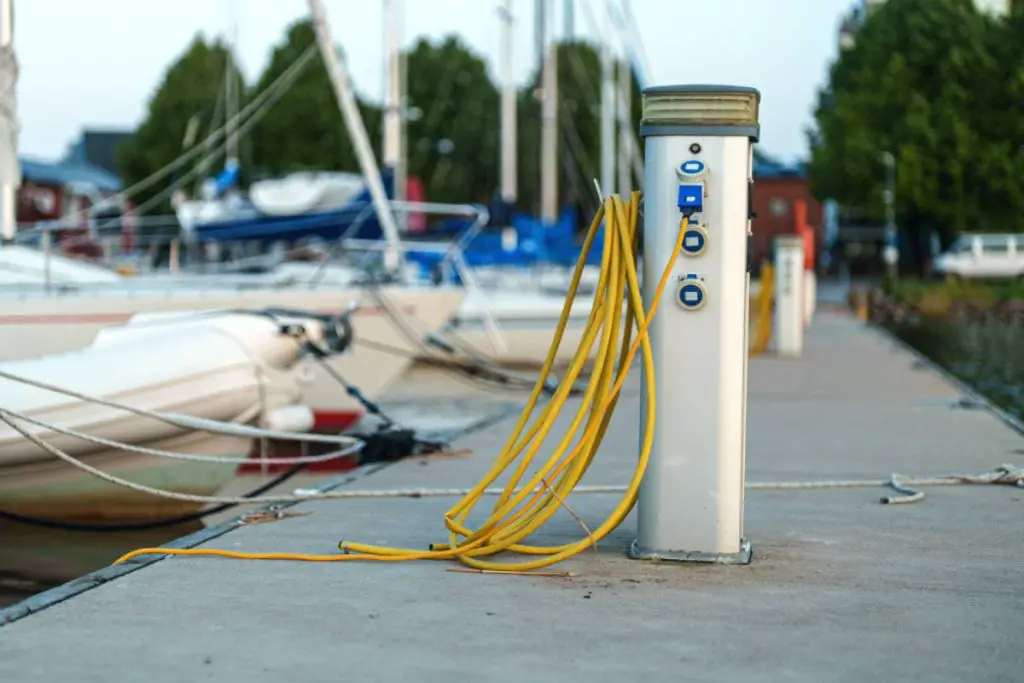
The 3-Step Battery Charging Process
Here is the three-step battery charging process (when using a smart charger) to help your marine batteries live up to their lifespan.
- In the Bulk stage, the charger delivers the maximum charge possible. The charger stays in bulk charging until the battery reaches 75-80% of the charge. A smart battery charger will deliver the charge until it reaches the specified level and then drops into the absorption stage to preserve the battery’s life.
- The Absorption stage is the topping-off stage where the charger slowly fills the deep battery interior. This stage lasts until the battery is 90-95% charged.
- The final Float stage ensures the battery reaches a full charge without overcharging. A marine battery can remain in the float stage indefinitely until you are ready to use the battery for a day of boating.
When your boat is not in use, keeping the battery on a trickle charge will help to maintain the battery life.
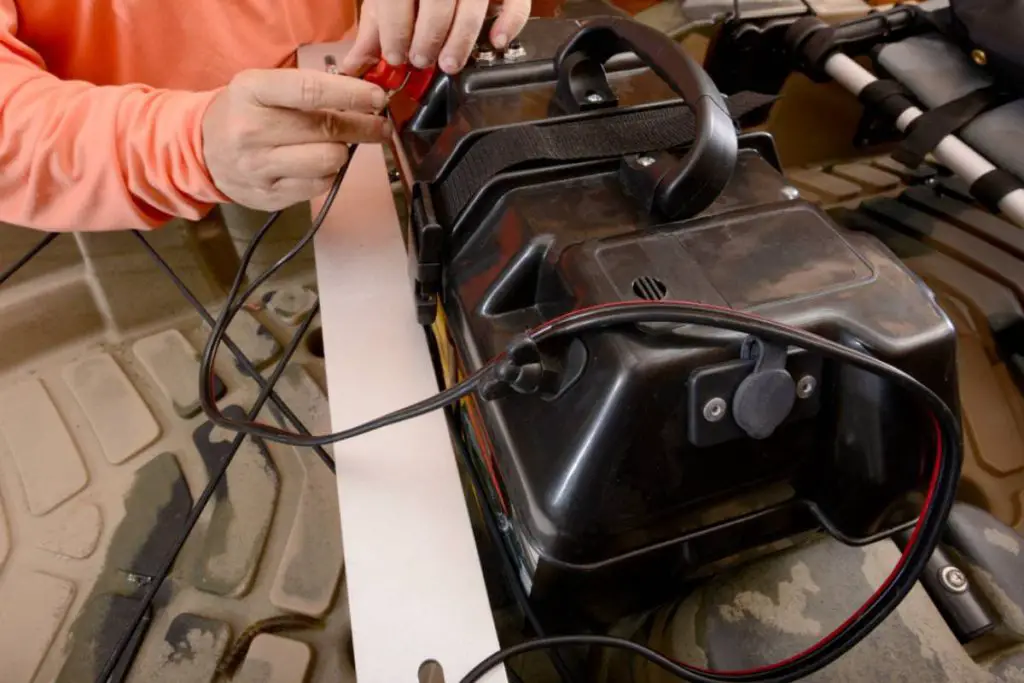
Does a Boat Motor Charge the Battery – Conclusion
Boat motors made within the last twenty years will charge your marine battery as long as the engine runs. You need a fully-charged battery to ensure your boat is capable of starting.
If your marine battery has sat for a period of time without being used, a smart marine battery charger will replenish the marine batteries with a full energy supply without overcharging the battery.
It’s crucial to understand the functions of marine engines in correlation to charging your boat battery. By understanding how these two systems work together, you can practice proper maintenance and upkeep.
This way, your boat will be ready for use anytime you decide a boating day is in order. Hopefully, this article helped you accomplish that.

